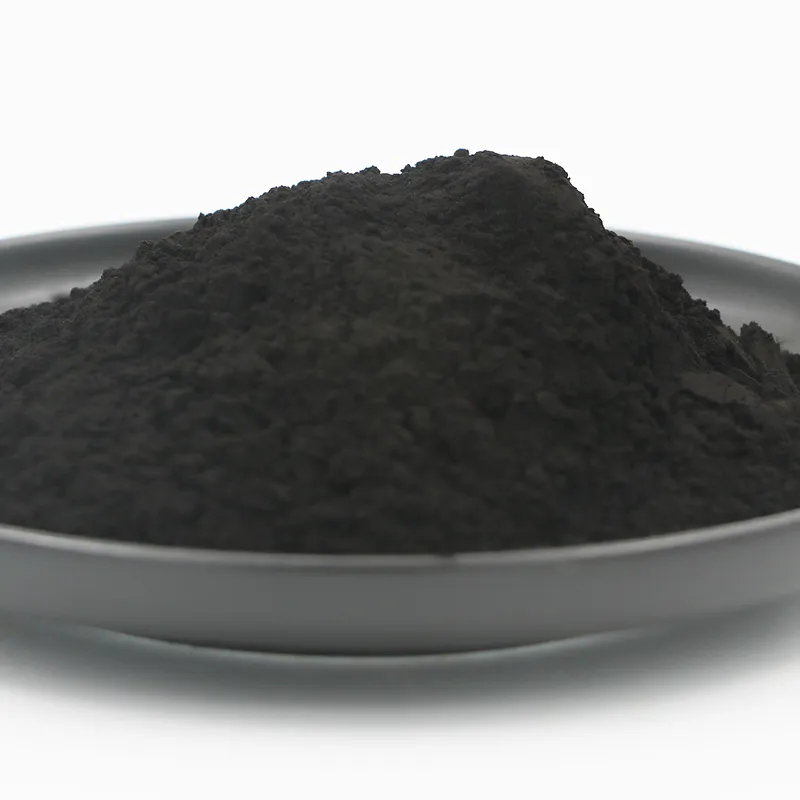which is the best gilsonite foundry? + complete comparison | great price
Gilsonite, also known as Asphaltite and Uintaite, is a mineral hydrocarbon that is formed as the result of the natural distillation of crude oil that come from the depth of earth
It’s found in natural deposits and is extracted widely for a variety of applications
Gilsonite asphalt is a non-volatile, non-hazardous, dark-colored, and relatively lightweight organic substance that is derived from the solidification of petroleum
Gilsonite that has been exposed to the elements takes on the appearance of coal due to its dull, black coloration; nevertheless, the surface of newly shattered Gilsonite is glossy and takes on the appearance of obsidian
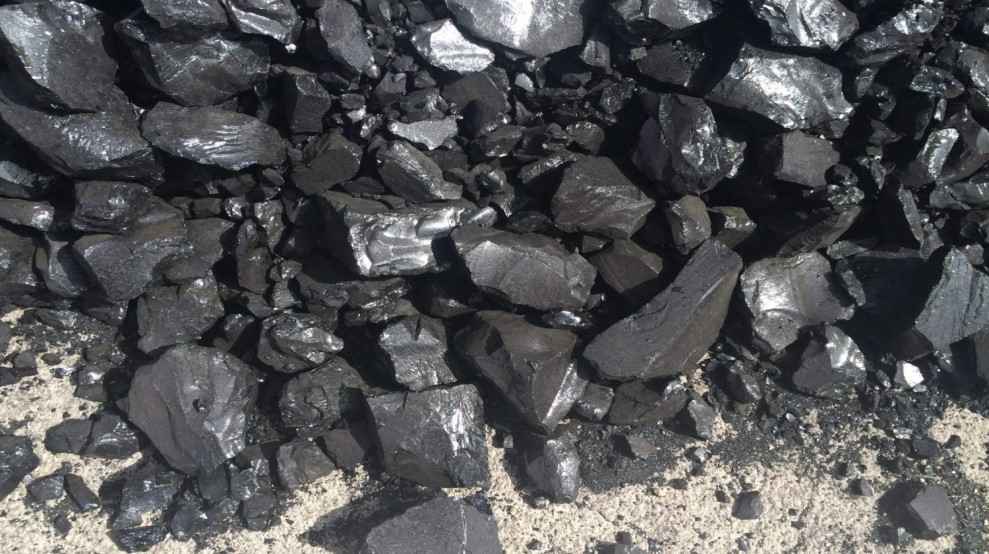
Gailsonite
Gilsonite can be identified because it is soluble in organic solvents, it has a low density, and it leaves a brown streak on paper when it is rubbed
Asphaltites are a type of solid hydrocarbon that can be found in petroleum-bearing basins, typically in the form of veins associated with oil shale
Gilsonite is an example of an asphaltite
However, the Gilsonite kind of asphaltite deposits is rather unusual, and the huge scale of the deposits in Utah makes them distinctive
There are thousands of asphaltite deposits around the world, and many of them have been mined
Uses Gilsonite is a mineral that has hundreds of different applications in the industrial sector and is utilized by businesses all over the world
Gilsonite is utilized in oil well cement in addition to being added to drilling mud for oil and gas wells
This helps to stabilize the borehole and reduces the amount of friction that occurs throughout the drilling process
Gilsonite and resins derived from Gilsonite both moisten and disperse carbon black pigment in printer ink
Additionally, they bond pigment to newsprint to prevent the pigment from rubbing off
Gilsonite can be ground into a powder and added to asphalt paving mixes to generate a road surface that is more durable
For the purpose of coating and sealing asphalt surfaces such as driveways and parking lots, paint-like combinations of Gilsonite, solvents, and various other additives are utilized
In addition, Gilsonite is utilized in the production of roofing felt in the roles of an adhesive and a waterproofing agent
Some paint and wood stain compositions become more long-lasting after Gilsonite has been added to them
Gilsonite is typically used in iron foundry molding sand combinations in order to produce cast items with a smoother finish and to make it simpler to remove from the mold
Gilsonite is utilized in both the production of high-purity carbon electrodes as well as fireworks in very small volumes
Gilsonite was one of the earliest industrial minerals to be mined in the state of Utah
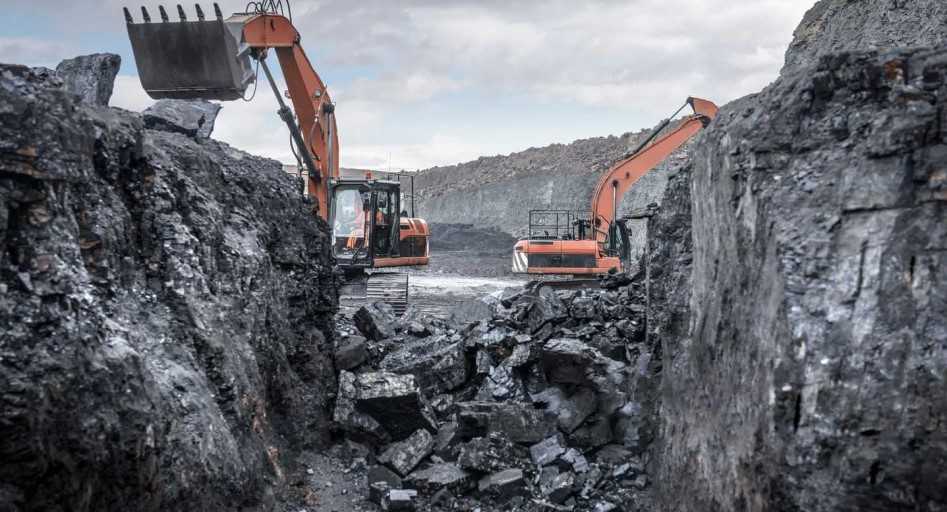
Gilsonite Chemical Composition
At this time, the oil and gas industry is experiencing growing interest in the mineral, which has resulted in a major increase in the amount of development of the resource
Gilsonite is only produced in big amounts and at a profit in one location on the planet, and that location is the Uinta Basin in eastern Utah
It contains the largest reserves of Gilsonite in the world
Gilsonite is put to use in a wide number of different industrial applications and is utilized by businesses all over the world
The oil and gas industry has emerged as a growth market for Gilsonite due to the increase of numerous applications in oil well drilling
Major applications for Gilsonite include ink and paint, as well as an efficiency additive for the foundry and asphalt industries
Gilsonite is a resource that is both interesting geologically and valuable economically; over time, its vast range of uses has evolved in response to advances in technology and the requirements of many industries
Because of its one-of-a-kind characteristics, Gilsonite is an essential component in a wide variety of oilfield drilling fluid products, and the current uptick in oil and gas exploration has led to an increase in demand
Gilsonite partially melts or deforms when it is added to oil-based drilling muds or water-based drilling fluids
This causes it to plug off micro-fractures in the rock and smear the inside of the wellbore, creating a tight and tough filter cake that prevents fluid loss
Gilsonite is used in drilling muds and drilling fluids
Along with providing lubrication, the increased drilling fluid viscosity brought on by the dissolved Gilsonite which also helps prevent the drill pipe from getting stuck in the well is one of the ways that the dissolved Gilsonite helps prevent the problem rock around the well bore from being sealed off and stabilized
Gilsonite is utilized in cementing fluids as a material for lost circulation due to the clogging and binding capabilities it possesses
Additionally, gilsonite is utilized as a fluid density reducer in some specialty cementing fluids
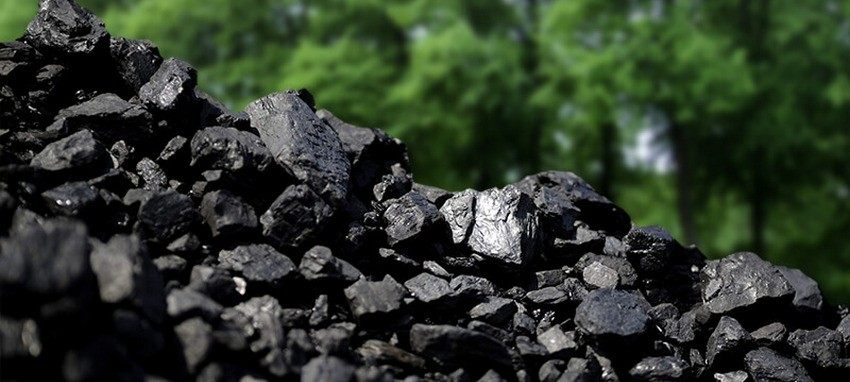
What Is Gilsonite Used
where does gilsonite come from
Gilsonite is a part of the asphaltite category of hydrocarbon bitumen and comes from oil-bearing areas
It can be found in the Uinta Basin of Utah and Colorado, where it forms a swarm of subparallel veins that trend in a northwesterly direction and are almost vertical
The veins are laterally and vertically vast
Gilsonite was produced in the Mahogany engine oil shale zone, which is located in the Parachute Creek Member of the Eocene Green River Formation
It is found in the Tertiary-aged Wasatch, Green River, Uinta, and Duchesne River Formations, which range in age from approximately 57 million to 36 million years old
The formation of the veins occurred in two stages concurrent with the thermal maturity of the Mahogany oil shale and varied in width from sub-inches to as much as 22 feet
The hydro fracturing of the overlying and underlying strata was caused by the expulsion of huge quantities of heated water from the oil shale rocks, which was caused by the high pressures that existed deep inside the Uinta Basin
After that, viscous, liquid Gilsonite was forced out of the oil shale source beds, which forced open the preexisting fissures in the strata that were overlaying and underneath it
After some time, the Gilsonite began to solidify in the fractures, most likely due to the effects of cooling
The veins of Gilsonite in Utah may be found all over the Uinta Basin; specifically, they can be found all the way from Rio Blanco County in the state of Colorado to Duchesne County in the state of Utah
The mining of gilsonite has a lengthy and eventful history that can be traced back to the late 1800s
Gilsonite is a mineral that was discovered in Utah in the 1860s and was named after Samuel H
Gilson
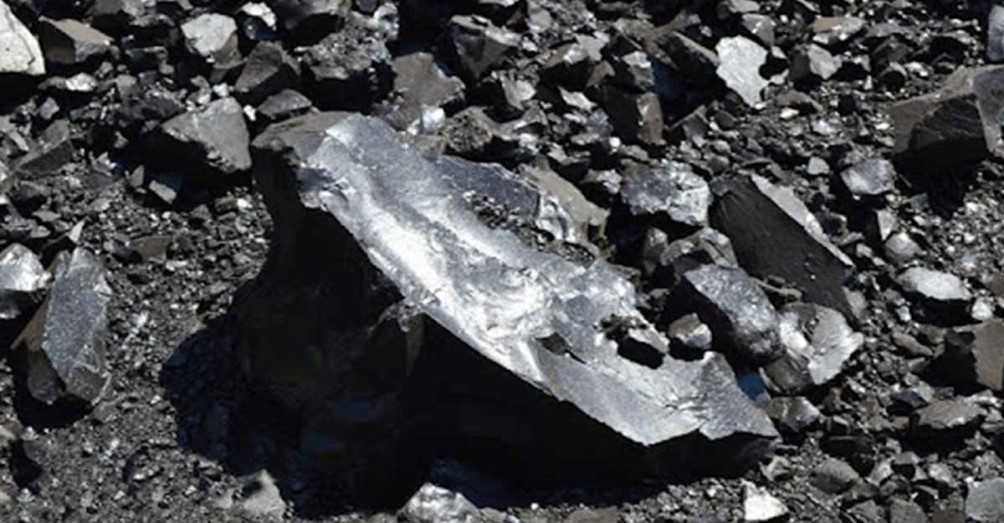
Gilson was not one of the initial discoverers, but the mineral was associated with him because of his ardent development and promotional efforts
The word Gilsonite became even more established in popular usage when an early mining firm adopted and registered the name
Gilsonite was initially extracted from veins in the Fort Duchesne region in 1888 when the first regular shipments of the mineral were made
The first gilsonite was extracted mostly through open-cut mining using tools such as picks, shovels, and hoists powered by horses
where is gilsonite found
In order for this useful substance to be found, we go through in an area of the Uinta Basin that is 60 miles long and 30 miles wide, there are dozens of long vertical veins that trend to the northwest
These veins contain Gilsonite
The width of the veins ranges from a few thousandths of an inch to approximately 18 feet, with the average being somewhere between three and six feet
It is remarkable how the veins do not break; instead, they form long, nearly horizontal ribbons that run across the hills of the Uinta Basin
These veins typically run for many miles, with the longest vein system in the basin reaching a length of twenty-four miles
The veins of Gilsonite and bitumen are also horizontally continuous to as much as 2,000 feet or more, and most of the time there are only minor differences in the vein width
Because the veins are typically embedded in the Green River oil shale, they have a greater vertical extent to the northwest, where they are not as thoroughly eroded as in other parts of the area
The mining of gilsonite has historically taken place in a number of different veins and sites within the area, but at the moment, much of the activity is focused on the veins that are known to be the broadest around Bonanza, Utah
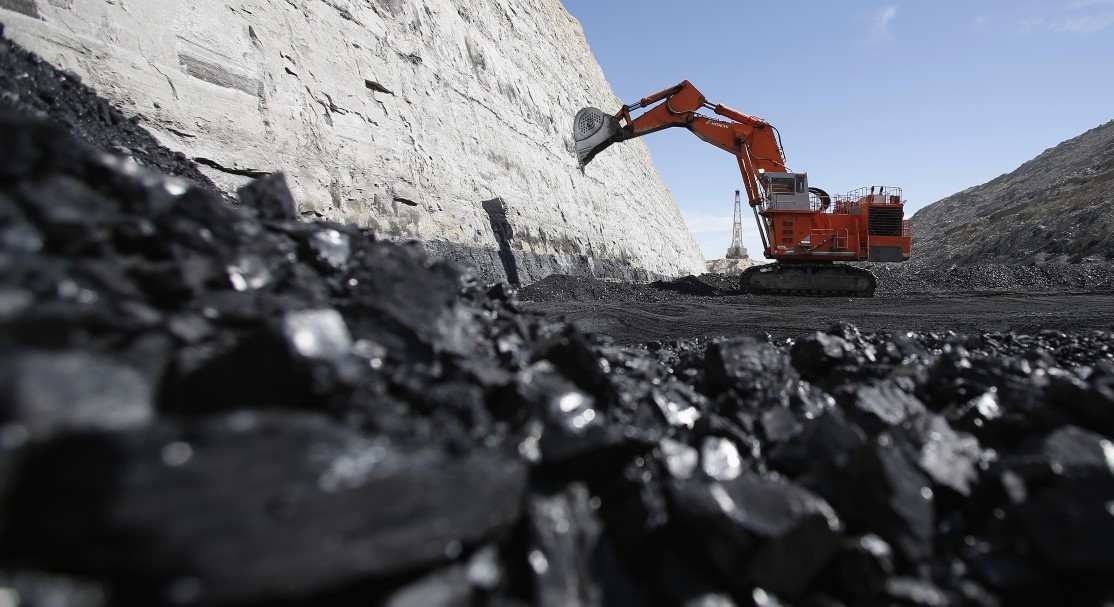
The Independent, Little Bonanza, Cowboy, Little Emma, and Wagon Hound veins are the ones that have been given permission to be mined in this area
Underground mining techniques are used to extract all of the Gilsonite that is extracted from the Uinta Basin today
The mining process that is in use today is divided into two primary stages: first, shafts are dug at frequent intervals all along veins, and then drifts and slopes are extended horizontally from the shafts
Gilsonite is mined only to a depth of thirty feet below the surface due to safety and reclamation concerns
Due to the peculiar form of occurrence of Gilsonite in deep narrow, vertical veins as well as the explosive risks connected with Gilsonite dust, the mining of Gilsonite requires a significant amount of manual effort
The ore mining is still done by hand, and air-powered chipping hammers are used to gently break up the Gilsonite
This is done to avoid polluting the ore with shattered wall rock, which is important to consumers because they value the purity of the product
The fragmented ore is transported to the surface by a vacuum tube located at the bottom of the underground mined area
From there, it is airlifted to the top and put into a bag house located close to the shaft headframe before being transported by truck to a processing plant
how is gilsonite formed
Gilsonite was produced as a result of a singular geological event that occurred many millions of years ago
This event caused a petroleum deposit that was developing at the time to fill enormous surface fractures, and it was eventually transformed into the pure resinous rock
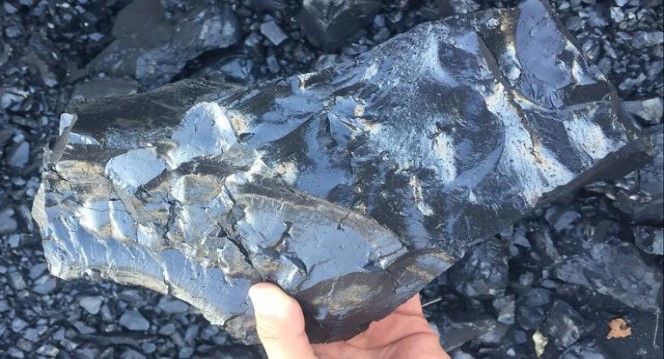
A number of cracks have been filled in with veins of solid bitumen known as Gilsonite
The formation is thought to occur in two different stages, according to one concept
In the beginning, increased pore pressures were the root cause of hydro-fracturing
Second, the fractures were filled with liquid hydrocarbon, which then hardened to form veins
This completed the process of creating the veins
One of the most significant veins is located in the Uinta Basin
Gilsonite can be found in the Uinta Basin in lengthy veins that are measured in miles and range in thickness from a few centimeters to several kilometers, while also extending vertically for hundreds of feet
The Green River and Uinta Formations, all of which date back to the Eocene, contain the majority of the rock’s massive veins
In fact, it appears that the veins originate from the oil shales that are found in the Green River Formation
The huge quantities of organic detritus that gathered in the bottom of tropical Lake Uinta served as the seedbed for the formation of the Gilsonite powder
As a result of the burial of these sediments, heat and pressure were generated, which led to the formation of the Green River oil shales
Again, the burial of the oil shales produced water and hydrogen, and this volatile mixture was ejected, causing fissures in the rock that was around it
After some time, these cracks were filled with petroleum, the viscosity of which was reduced when the petroleum dried out
Gilsonite can be thought of as a solid form of oil
is Gilsonite radioactive
Natural Gilsonite is a complicated mixture of organic compounds, the behavior of which over the long term cannot be easily modeled or examined experimentally due to the nature of the mixture itself but radioactive behaviors have almost never been seen in this material
This material can be found in natural bitumen deposits
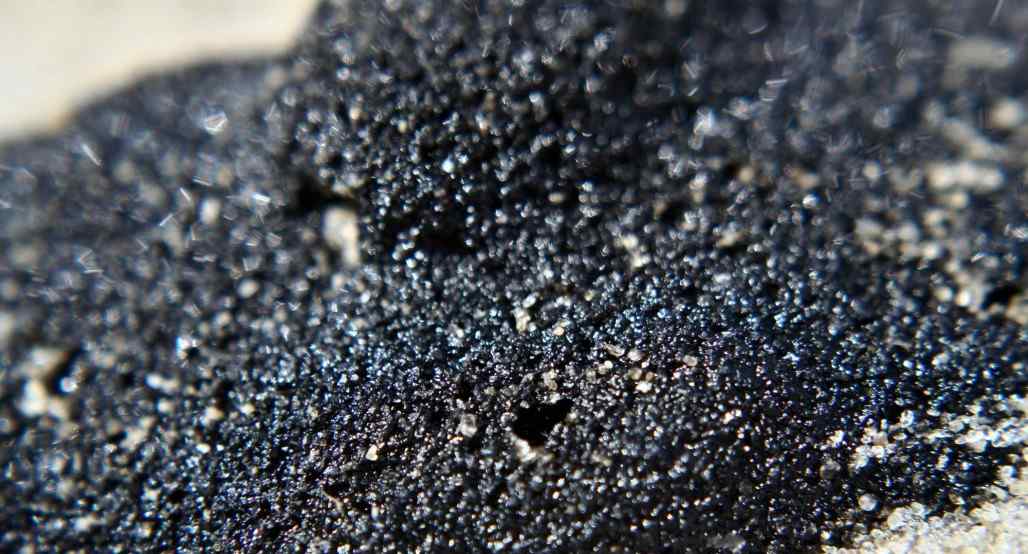
Natural bitumen is a common phenomenon that can be found in a variety of different situations, ranging from the surface of the earth to depths that are greater than one thousand meters
In the evolution of hydrocarbons in the geosphere, bitumen represents one of the intermediate stages that are very close to the final stage
It is common for the processes of natural bitumen synthesis and degradation to occur simultaneously in natural environments
The most important ones include thermal change, evaporation, and reactivity with water, biodegradation, oxidation, weathering, and radiation degradation
Other processes include weathering and biodegradation
The advancements that have been made in analytical organic geochemistry over the past few years have made it possible to gain a clearer knowledge of the effects that these processes have on the structure and composition of bitumen
This is essential for applications dealing with natural analogs
By researching the components of this natural product, it is easy to determine that it contains no radioactive particles; nonetheless, because it is high in nitrogen, it can react with certain compounds
does gilsonite burn
Gilsonite is a flammable substance that can burn slowly
It occurs naturally and is composed mostly of hydrogen and carbon
In addition to that, it has trace amounts of hydrocarbons in solid, gaseous, and liquid states, as well as other elements and compounds, such as nitrogen, sulfur, and phosphor compounds
In most cases, bituminous material is the subgroup that Gilsonite is categorized as belonging to
There is a significant amount of variation between samples of Gilsonite with regard to its physicochemical and other properties
The melting point and solubility of Gilsonite supplier are by far the most essential characteristics of this mineral
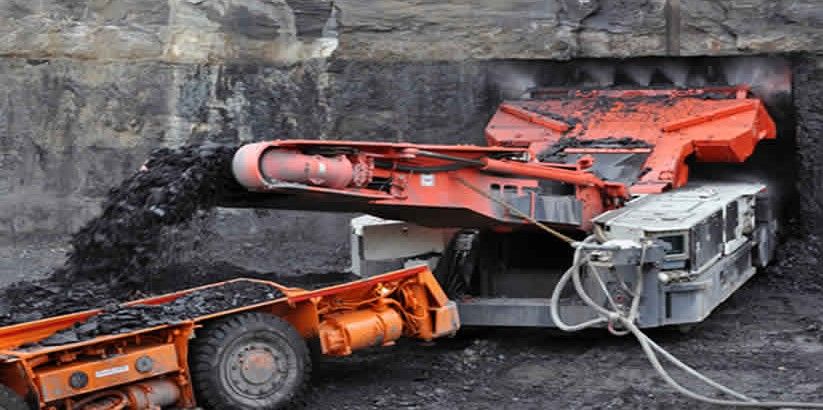
Ash and smoke are the sole byproducts that are produced when the hydrocarbons in natural asphalt are heated to their decomposition temperature
During this particular chemical reaction, a significant quantity of carbon dioxide and natural gas is expelled into the atmosphere
Gilsonite has been put to use by humans for a very long time as a source of energy for a variety of purposes, including the heating of residences, the operation of ships and trains, and several industrial activities
In the presence of a source of ignition, Gilsonite will burn with a blue flame that moves slowly and stays quite low
Nevertheless, in the vast majority of instances, the flame will be extinguished once the ignition source is removed
Always be on the lookout for the potential explosive risk that comes with Gilsonite dust being in the air
In this regard, it is very similar to the behavior of coal dust
When a source of ignition is present, the dust can catch fire or even explode if it is concentrated to a critical level
Gilsonite is a substance that does not provide any challenges when appropriate plant cleaning methods are utilized to prevent the accumulation of dust
gilsonite ore
Gilsonite is naturally observed as a black, shiny, obsidian-like rock or technically “ore”
To mention the reasons that Gilsonite is an iron ore, it’s essential to know that Ore is defined as any naturally occurring rock or silt that includes one or more precious minerals, most frequently metals, and that may be mined, processed, and sold for a profit
Ore can be found in a variety of forms
In order to extract precious metals or minerals from ore, the ore must first be mined from the earth, then processed or refined, typically through the process of smelting
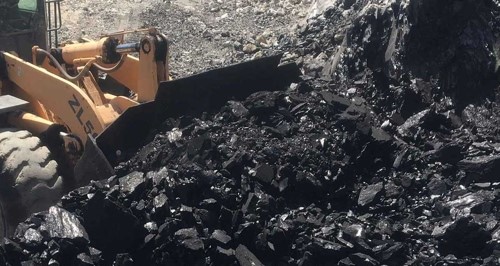
The quantity of the substance of interest that an ore possesses is referred to as the ore’s grade
It is necessary to compare the value of the metals or minerals that rock contains with the cost of their extraction in order to establish whether or not the rock is of a reasonably high grade to be worth mining, and is therefore regarded as an ore
Gilsonite ore is also known as Asphaltum, uintaite and many other names depending on the region
It has a glossy sheen and is extremely soft, powdery, and dark in color
Natural Gilsonite does not pose any health risks and is not harmful
It is a very pure resinous rock that was created by a complex mixture of many types of hydrocarbons
What sets Gilsonite apart from other minerals is its extraordinary natural composition, which is abundant in nitrogen but deficient in sulfur
Gilsonite is a natural material, and as such, its composition can change depending on its origin, the history of its production, the geographical region in which it was found, and the existence of other minerals such as phosphorus, Sulfur, and others
It is therefore not surprising that Gilsonite does not have a well-defined chemical make-up
In general, it is a hydrocarbon, and some of the carbon will be present in the form of volatiles, which easily evaporates like Gilsonite does
In addition to this, ash is made up of inert material, which can be mineral or included within the carbon
During the process of natural bitumen creation, complex chemical combinations are also generated, and it is possible that some of these molecules contain qualities that are harmful
Because of this, the technology behind Gilsonite is highly complicated and essential to its application
In terms of toxicology and environmental pollution, the technology available today is highly developed in terms of minimizing impacts to levels that are considered to be acceptable



